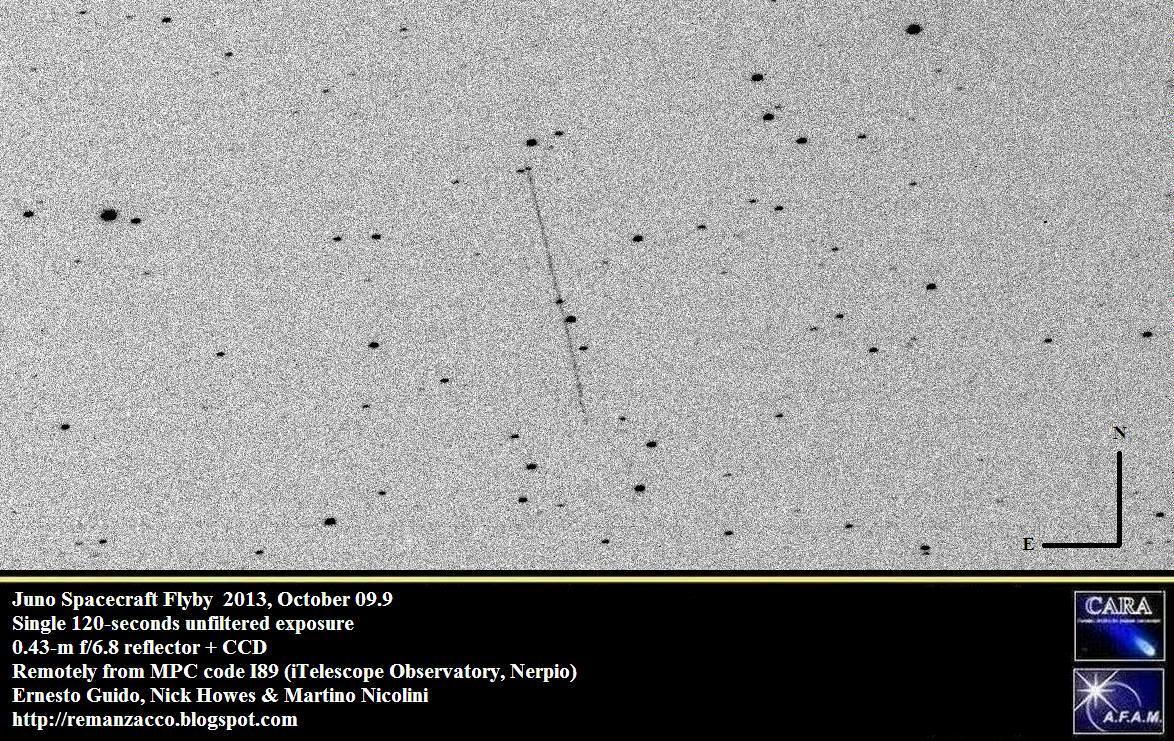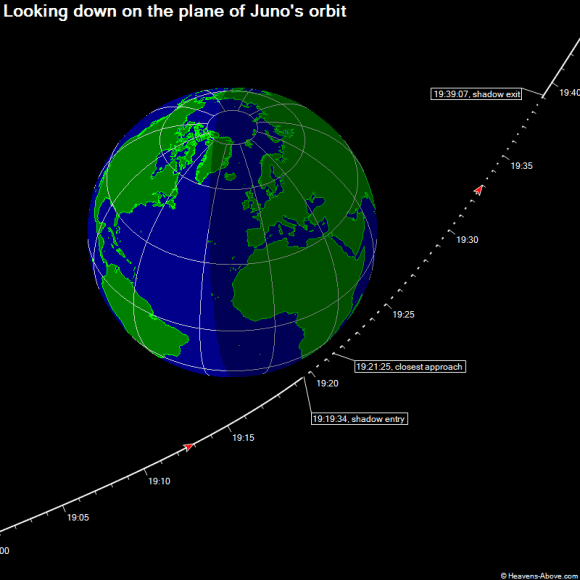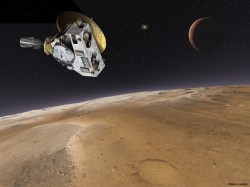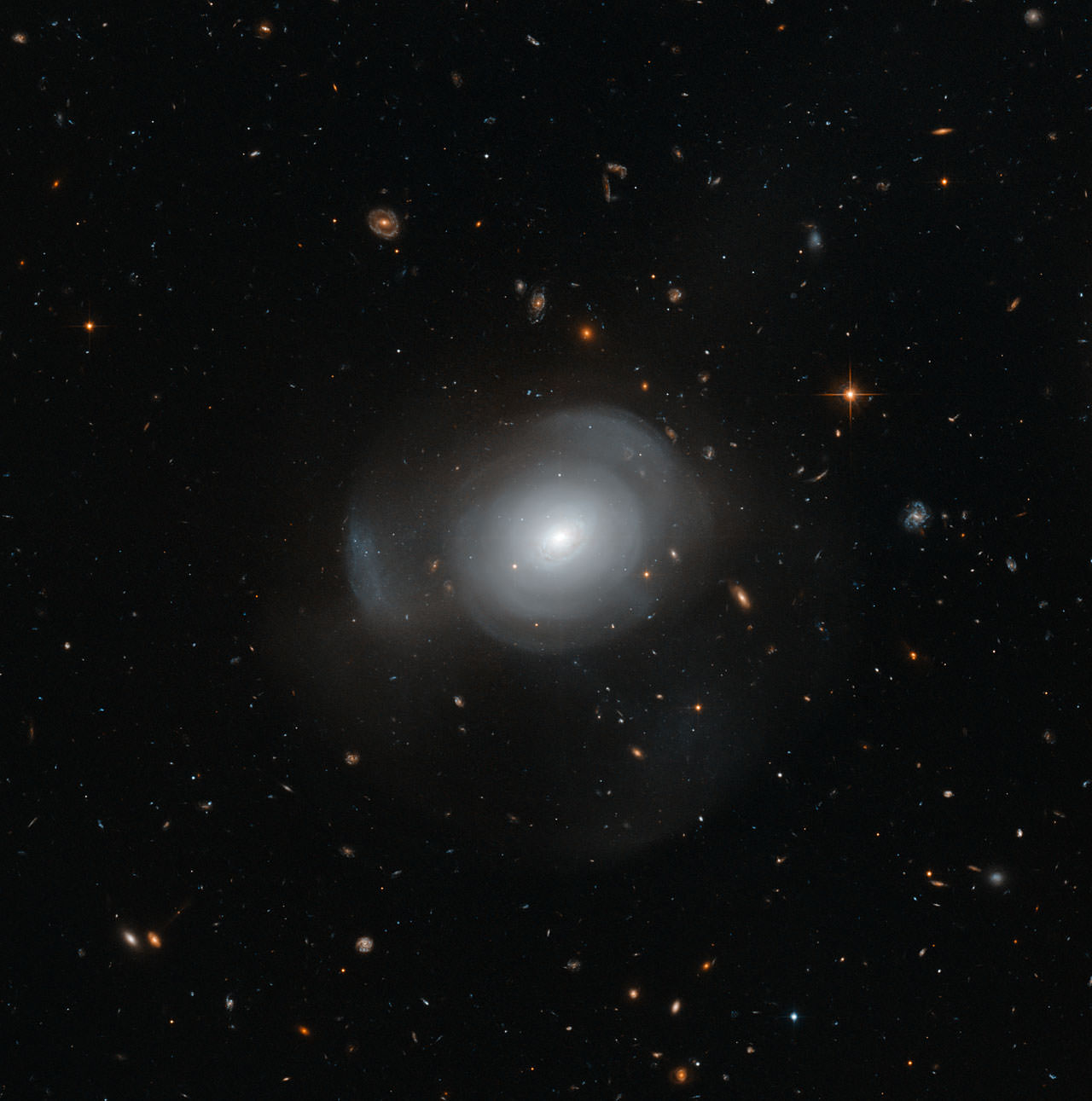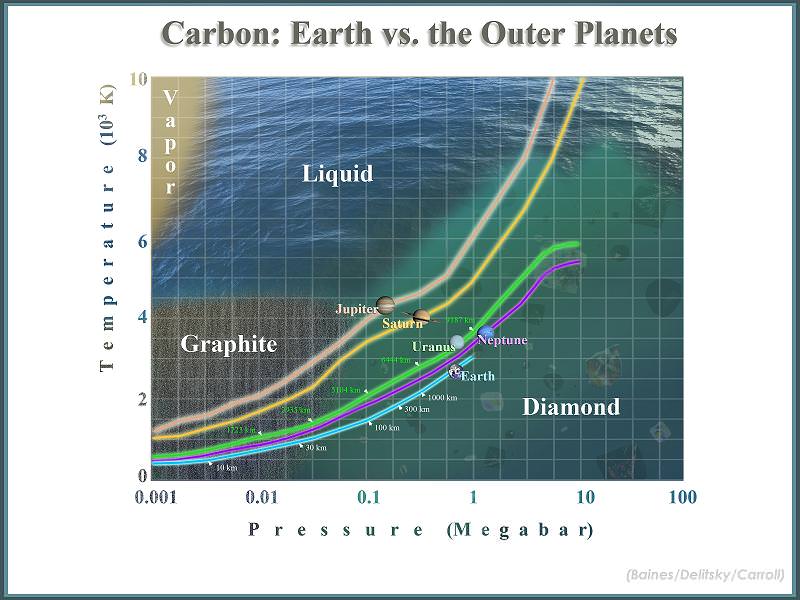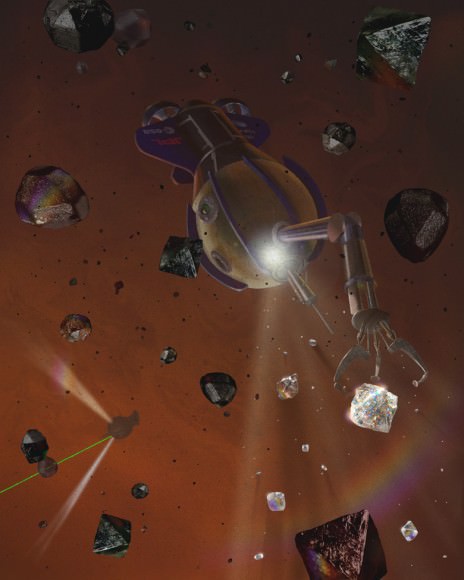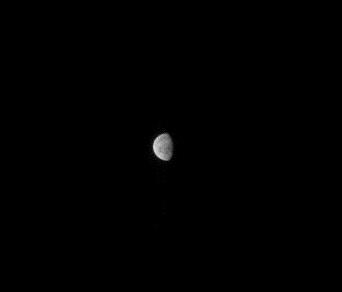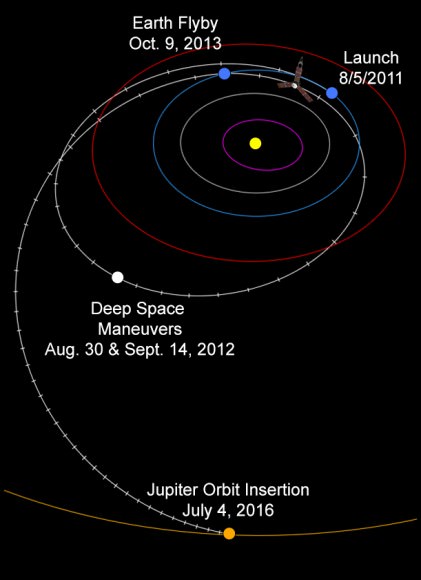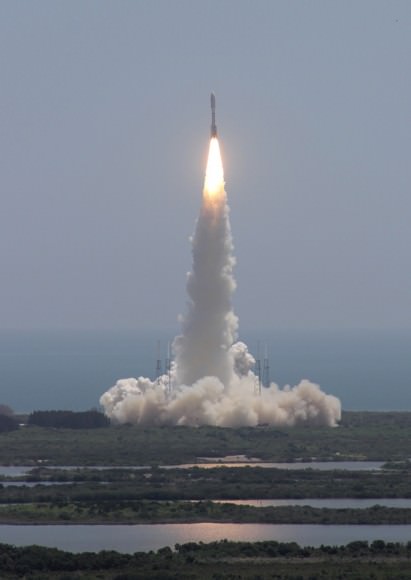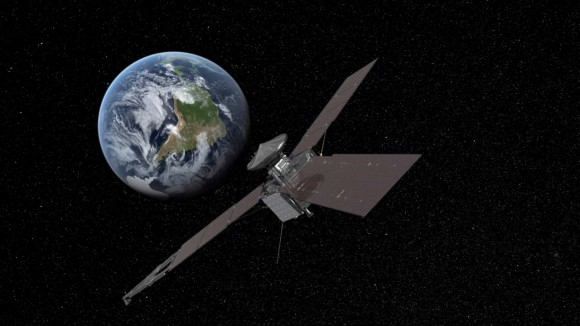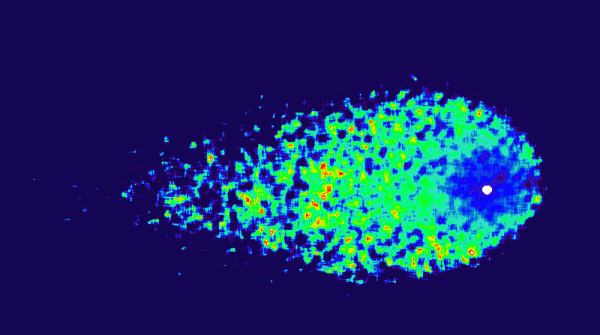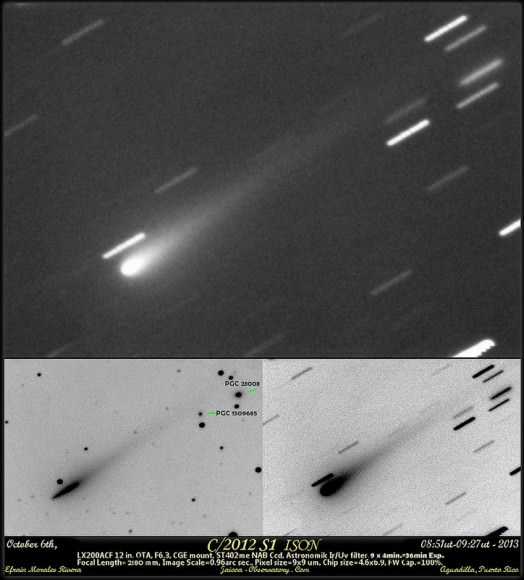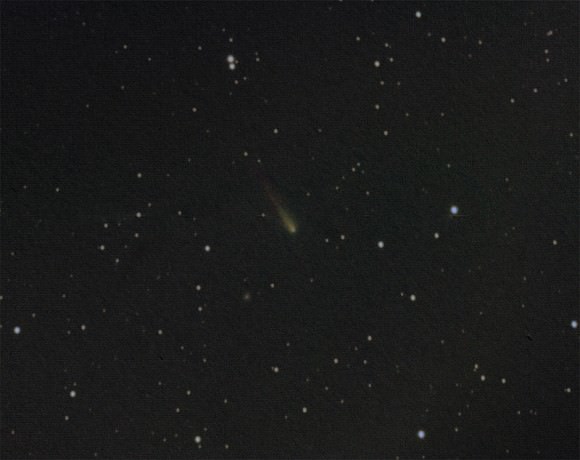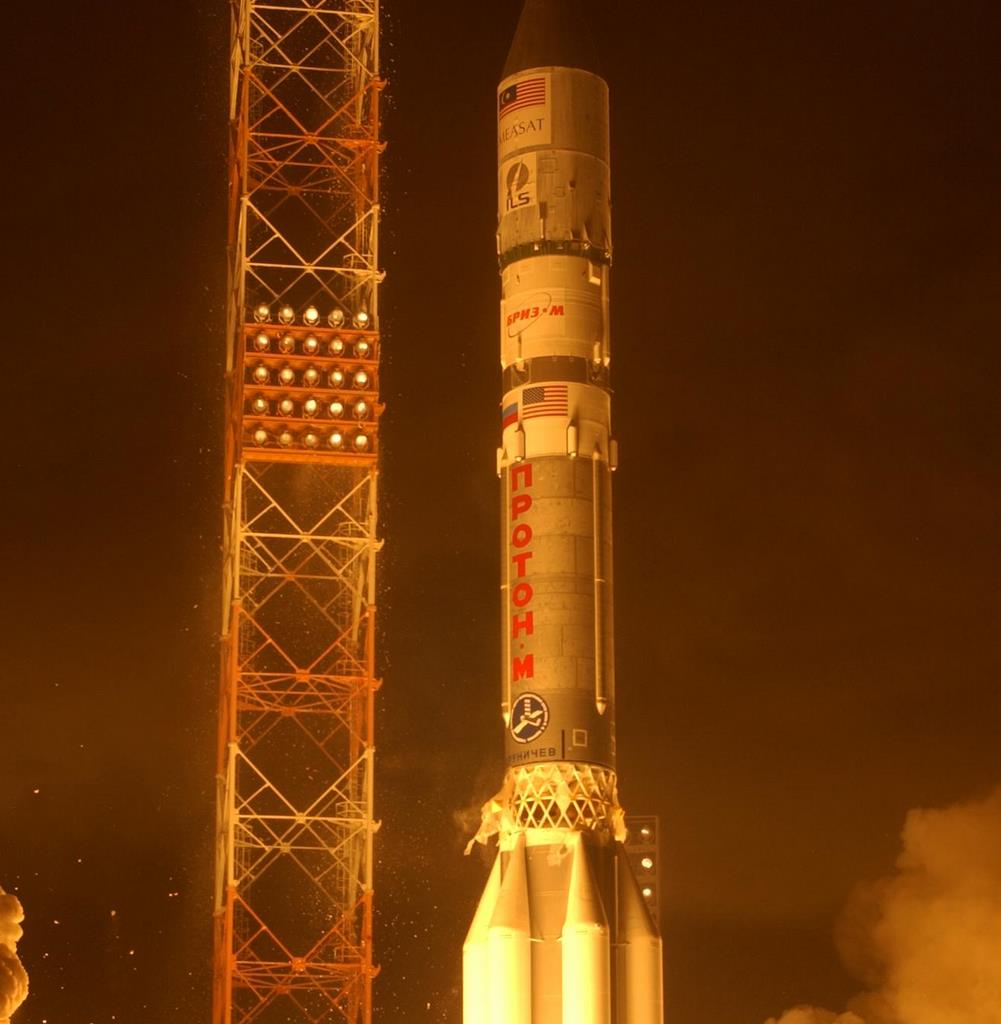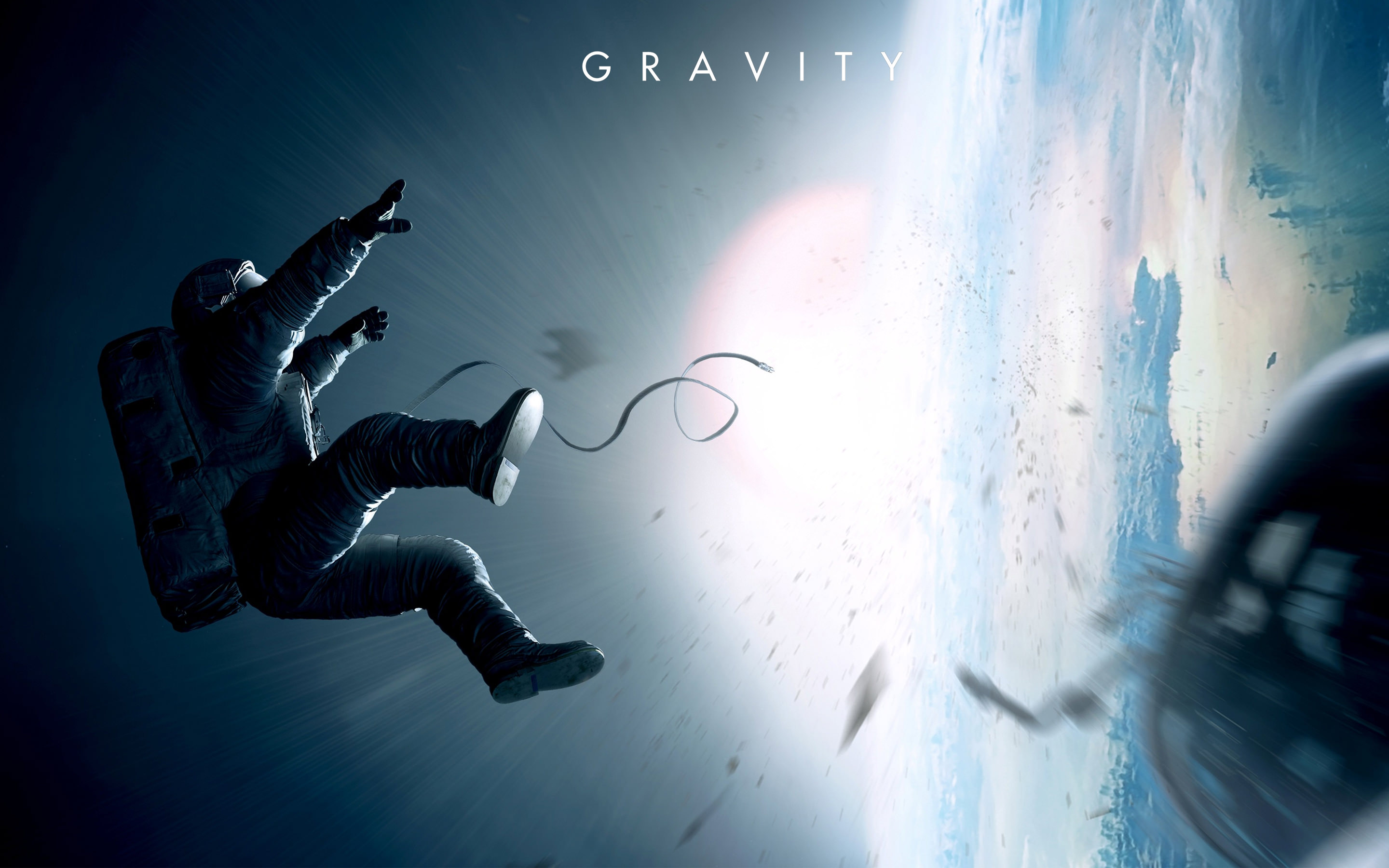The Earth is warming up.
Ocean temperatures are rising. Arctic sea ice is melting. Atmospheric carbon dioxide levels are growing. The oceans are becoming more acidic. The weather is already more extreme.
With the release of the fifth Assessment Report by the Intergovernmental Panel on Climate Change – a panel of more than 2,500 experts, more commonly known as the IPCC – it’s clear that climate change is very real. But it’s especially clear that we are the cause. If we don’t act now by taking vigorous action to reduce emissions the results will be catastrophic.
Toward the end of this 900-page report, the IPCC looked toward our future, focusing on the climate after the year 2100. Here, Universe Today, explores two extreme scenarios for the Earth by 2100.
1.) Embracing the Challenges of Climate Change
The conclusions reached by climate scientists at the end of the 21st Century were undeniable. We embraced climate change by investing heavily in renewable energies. Both large-scale companies and individuals bought energy drawn from the sunlight, wind, and geothermal heat.
Homes across the world became more sustainable. Their total square feet shrunk, as home owners learned to live with less. It was not uncommon to dress a roof with plants or solar panels. Even the layout of homes changed. They rested partially underground, taking advantage of geothermal heat, and faced South (in the case of the Northern hemisphere) to take advantage of the warm sunlight.
We also embraced geoengineering technologies. We added artificial clouds to our atmosphere, which reflected sunlight, and built towers to collect greenhouse gas emissions. The gases are now trapped deep underground. Our goal was not only to slow the process of climate change, but to stop it, and quite possibly reverse it.
We now eat far less meat than we did in the early 21st Century to cut the emissions generated from livestock farming. Pastures have been replaced with booming forests – helping to absorb CO2. We also eat more locally.
The world followed in China’s footsteps and restricted couples to a certain number of children, reducing our overall population.
We live in small compact cities where we drive hybrid cars and take public transport to work. Carbon offsets must be purchased when taking long trips. Most families vacation in their own backyard – exploring all that nature has to offer in the nearby vicinity.
We viewed climate change as an exciting opportunity to embrace the needs of our environment. We now live much simpler lives and the census shows that our overall intelligence and happiness is much higher than it was a century ago.
2.) The Point of No Return
We simply didn’t want to face the facts. We live in a global economy with a population that has increased significantly over the last century. Most of our energy still comes from fossil fuels. We never invested in renewable energies.
We measure our happiness based on the cars we drive, the number of material possessions we can cram into our large homes, and how often we travel the globe.
The world is, on average, 9 degrees warmer. The entire arctic has melted. Ocean levels have risen by over a meter – flooding coastal communities across the world. Millions have been left homeless.
Our weather is extreme. Hurricanes, tornadoes, fires, floods, draughts, and earthquakes kill hundreds of thousands per year. Climate change has devastated food production and water supplies.
Air quality is much poorer across the world. Due to haze, it is perfectly safe to look at the sun directly. We can only see a third of the stars visible a century ago.
We have triggered various tipping points. The thawing of permafrost released further CO2 and methane. Large areas of the planet are becoming uninhabitable. Our efforts are working toward damage control only. We fear that it may be too late.
Climate change is still in our hands, but we have to act now.
The fifth Assessment Report by the IPCC may be found here. Emphasis in this article may be found in the long term climate change section, as well as descriptions published by the IPCC in 2000.


